Welcome to the Storytime at Home series! Every other week, we share a list of book options tied to a kid-approved theme, a craft you can set up to go along with the theme, songs/rhymes you can do during storytime, and additional enrichment activities. All books are available at Richmond Public Library, and crafts will involve items you likely have at home already! Our hope is that we can make it easy for you to share stories with your little ones and create a little bit of library magic at home.
P.S. Love library storytimes? Take a look at all in-library storytime options here. There is a storytime for your child every morning at our various branches!
Okay, now to the fun stuff…
Today’s storytime theme is COMMUNITY HELPERS!
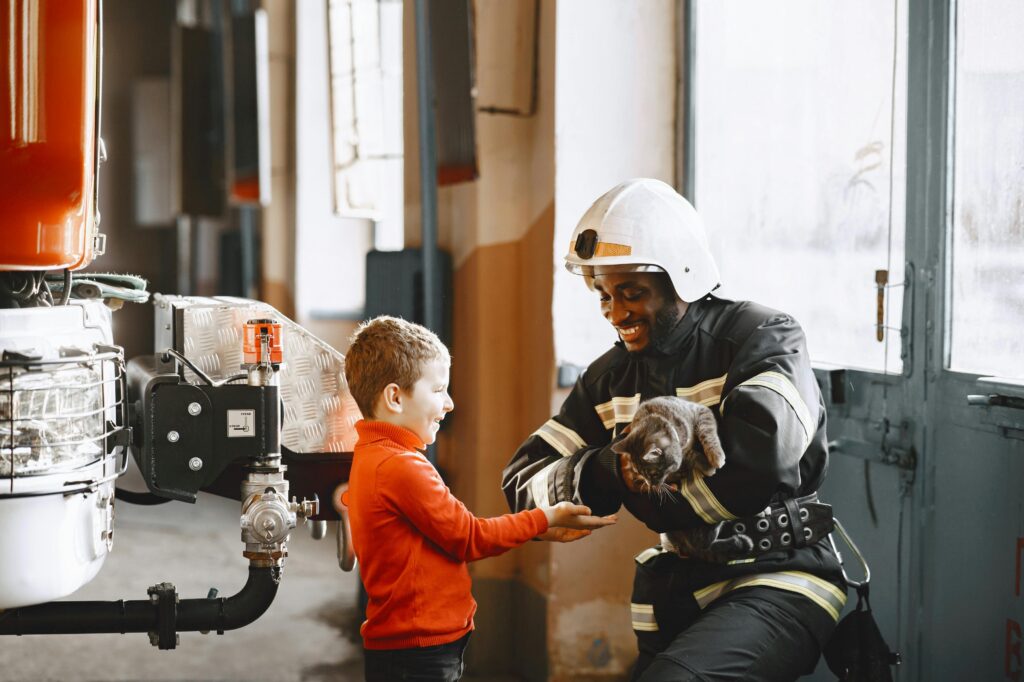
Little minds are naturally curious. Parents can hear “why?” and “what’s that?” countless times throughout the course of a day. One great way to engage this curiosity is by teaching your kids about the people and world around them. Enter: community helpers! Introducing the idea of people who work hard every day to help others and make our communities better introduces children to concepts such as kindness, work ethic, helping each other, and more. A community helpers theme also builds children’s imaginations and allows them to start wondering what they might want to be and do when they grow up! The library has some wonderful books about community helpers, and we’ve included some of our favorites below. When you visit, you can also search for specific helpers in our catalog or ask a librarian to help you find the perfect book for you and your child.
Books
Reading to your kiddos turns them into confident thinkers. Making books a regular part of your daily routine is a great way to build children’s love of reading and learning. Storytimes also help build excitement around reading to support their literacy development.
Here are a few book options you can choose from for your helper-themed storytime.
Note: These books may be best best for preschoolers and toddlers, but it’s never too early to start sharing with your littlest ones!
- Fire Chief Fran by Linda Ashman
- Let’s Meet A Police Officer by Gina Bellisario
- Tinyville Town I’m A Librarian by Brian Biggs
- I Want To Be A Doctor by Laura Driscoll
- Tip Tip Dig Dig by Emma Garcia
- Clothesline Clues to Jobs People Do by Kathryn Heling
- Delivering Your Mail: A Book About Mail Carriers by Ann Owen
- Teachers Rock! by Todd Parr
- Curious George Visits The Dentist by Margaret and H.A. Rey
- Supertruck by Stephen Savage
- Busy, Busy Town by Richard Scarry
- Don’t Let The Pigeon Drive The Bus by Mo Willems
- Trashy Town by Andrea Zimmerman
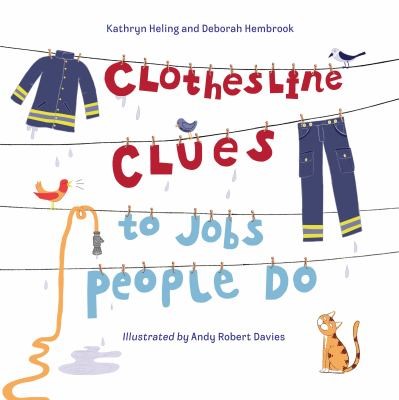
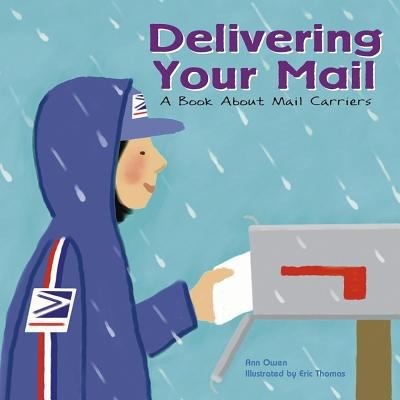
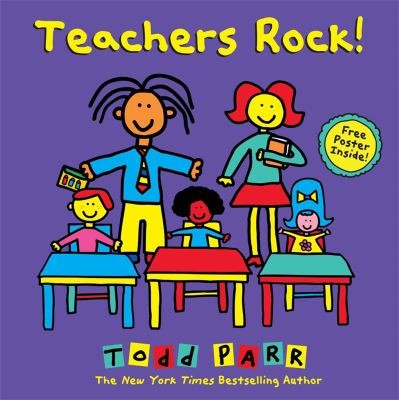
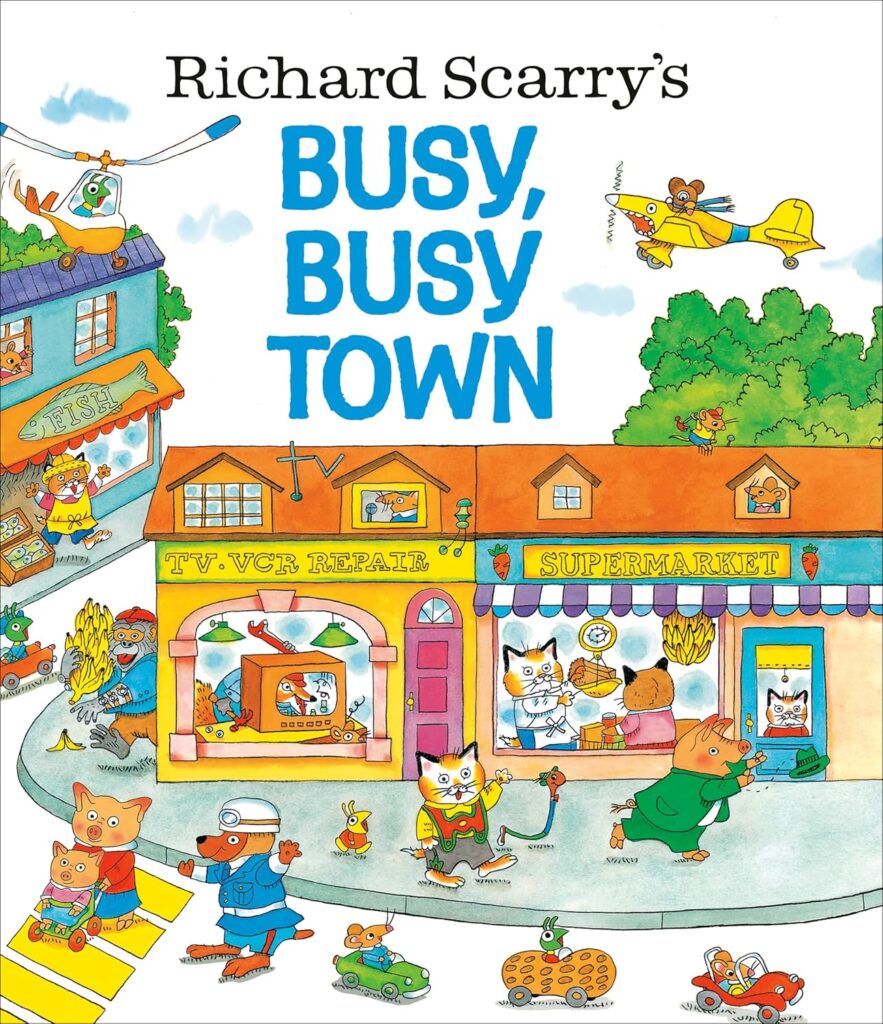
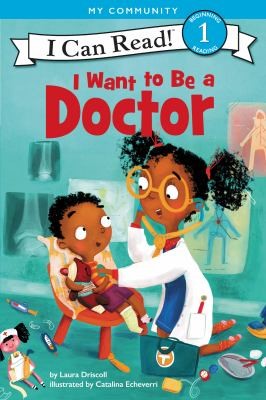
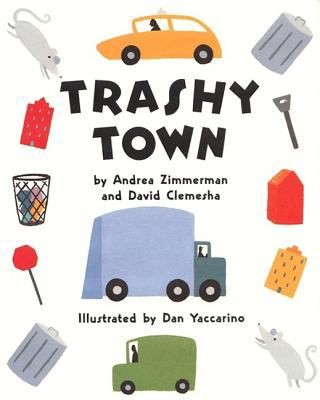
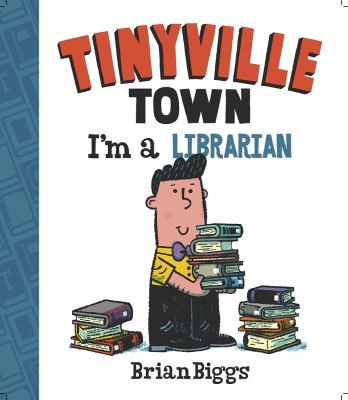
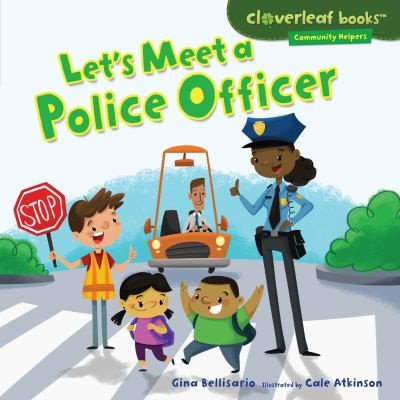
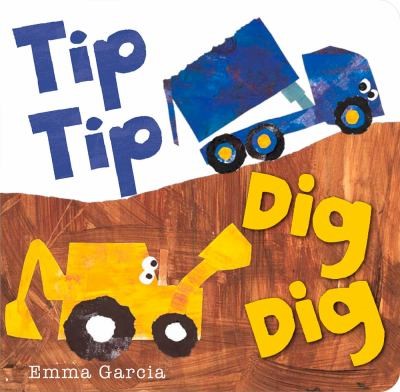
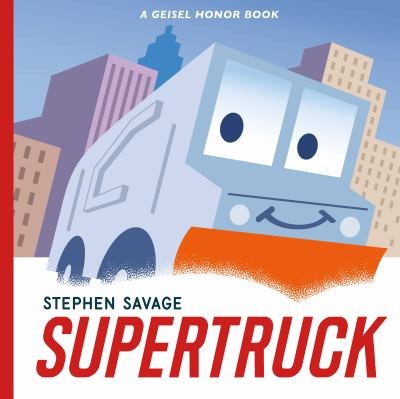
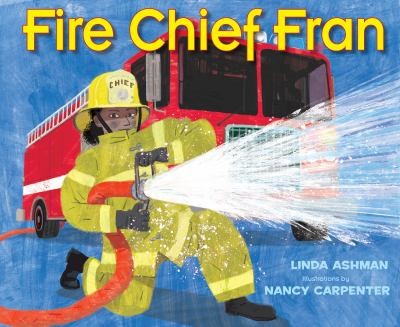
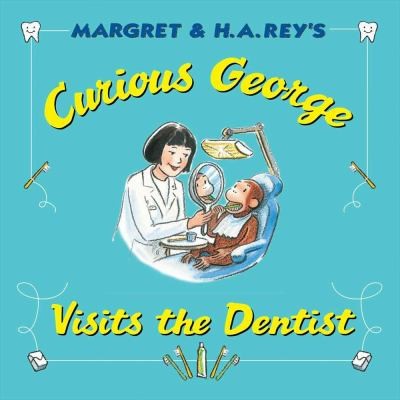
There are many ways to make reading fun and engaging for your little one!
Click here to see some of our favorite tips for bringing stories to life at home.
- Point at the pictures and ask your child what they see. Help build their vocabulary by pointing to pictures and saying the word aloud.
- Ask your child questions about the story: What do you think will happen next? How do you think this character is feeling?
- Read with expression and enthusiasm, and use different voices for different characters.
- Act out what’s happening in the story.
- As your child gets older, count objects in a book, discuss the different colors they see, point out shapes in the story, etc.
- Snuggle up and be patient. Reading is great bonding time for you and your child. Take your time walking them through the story. If your child wants to turn the page or be finished with reading, that’s OK too. You don’t have to read every word or even every page for reading with your little one to be beneficial for their development.
Songs and Rhymes
We love adding songs and rhymes to our storytimes. This is a great way to practice language with your child and support their physical (motor) development through movement.
Here are two songs and rhymes you can use for this themed storytime.
Movement Song: Hurry Hurry Drive The Firetruck
Let’s pretend we’re firefighters! We need to drive our firetruckers and put out the fire!
Fingerplay: This Little Helper
(start with fingers in a fist)
This helper builds our houses. (bring thumb out)
This helper brings our mail. (bring pointer finger out)
This helper teaches the children. (bring middle finger out)
And this one has groceries to sell. (bring ring finger out)
And this little helper, yes, it’s me (bring pinky finger out)
When I grow up, (Stretch arms above head)
Which will I be? (Point to self)
Arts and Crafts
Adding a craft along with a book is a great way to continue allowing your child to learn, explore, and grow. Crafts are a nice supplement as they encourage motor development, creativity, self-confidence, and more.
In fact, art and craft activities:
- Build fine motor skills. Actions such as painting, coloring, gluing, and cutting develop small muscles in small hands and improve coordination skills as children learn to use both hands at the same time.
- Support early literacy. When children make art, they learn vocabulary and how to follow directions when getting verbal instructions from parents and caregivers. They also boost their communication skills via talking about their work!
- Teach early math concepts. Math skills are used frequently in arts and crafts. Kids learn about and recognize different shapes, count and sort art supplies, and even measure out materials.
- Encourage creativity. Art helps develop creativity, self-expression, problem-solving, and curiosity.
- Boost self-esteem. Doing arts and crafts can give children a sense of achievement and allow them to take pride in their work, which builds confidence.
- Offer bonding time. Kids love spending quality time with parents and caregivers, and arts and crafts are a great opportunity for this.
Here is a craft activity you can do along with the community helper theme.
Community Helper High Five Craft
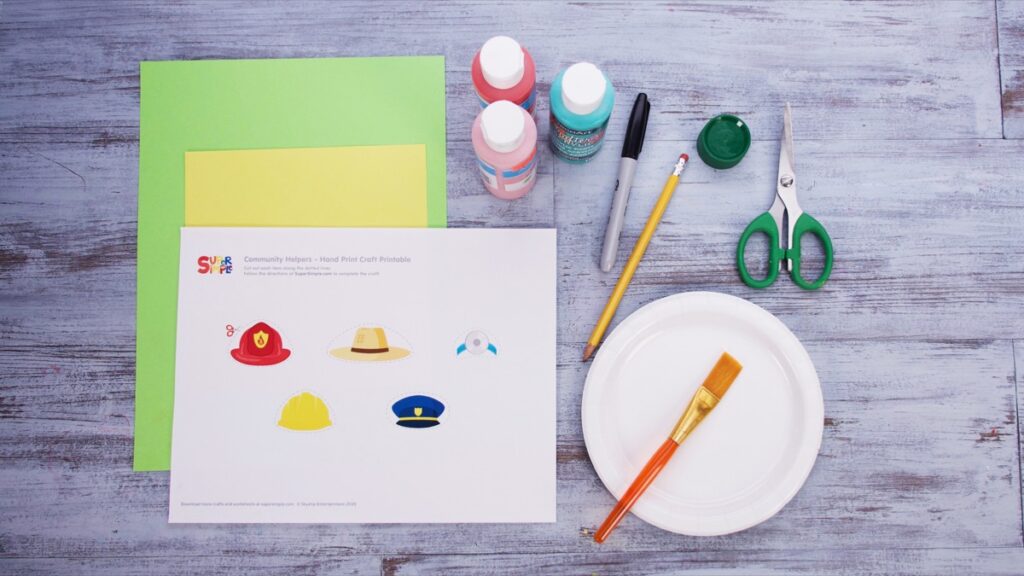
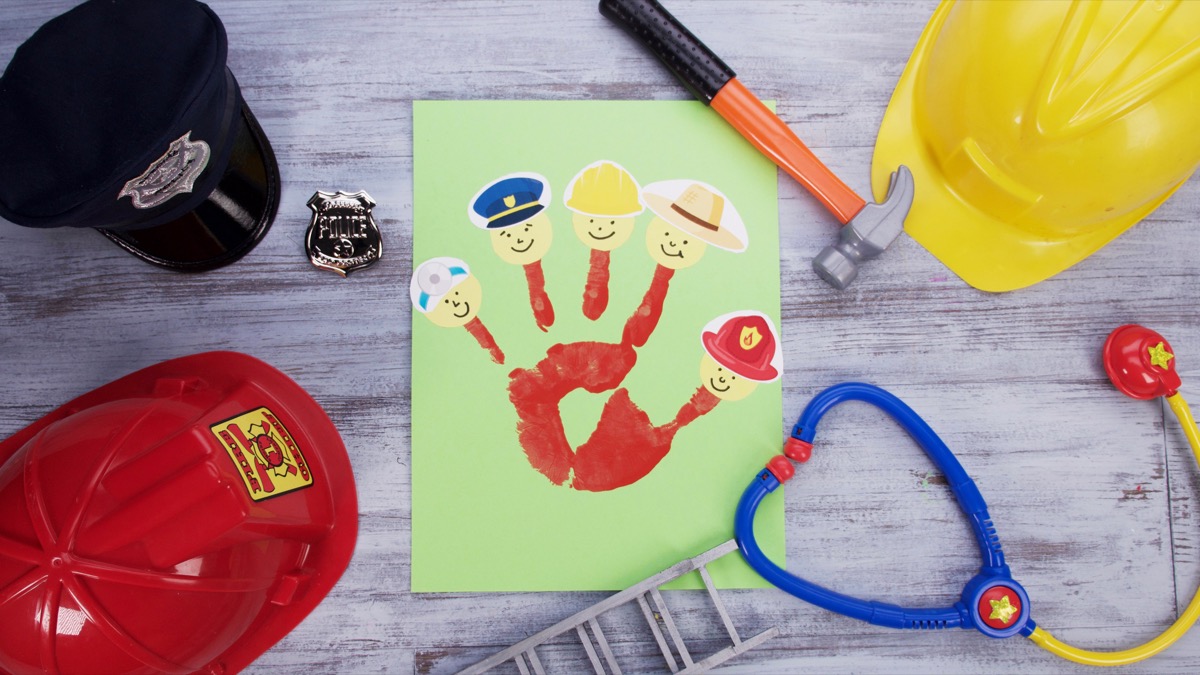
Materials Needed
- Community helpers resource sheet (include the hats for each community helper!)
- Glue stick
- Craft paint
- Paint brush
- Scissors
- Construction paper for background and faces
- Round circle to trace for faces – bottle cap works well!
- Black marker
Source: Super Simple
Directions
- Paint your child’s hand with a paintbrush and craft paint. Instruct them to spread their fingers nice and wide and place their hand onto the construction paper to make a handprint. Set aside and leave to dry.
- Cut out the hats from the printed resource sheet, or try making your own to explore different community helpers.
- Take a bottle cap, or something to make a circle, and trace five circles onto construction paper. Then, help your child cut them out.
- Glue one round circle onto each finger tip. Then glue the hats onto each circle.
- Draw faces to each of your community helpers.
- Talk with your child about the different types of helpers, what they do, etc.
Additional Enrichment Ideas
The fun doesn’t have to end at books, songs, and a craft. There are many ways to enrich a storytime with additional activities and lessons. Here are a few ideas for you and your child:
- Point out community helpers during your everyday routines! Notice the different jobs people are doing in public places. When your child goes to the store with you, identify the store clerks who help us find and pay for the things we buy. If there is a security guard on duty, explain how that’s the person we talk to if we have a problem — such as getting lost. (Source: Little Sunshine)
- Visit a local fire station to meet real firefighters and see the firetrucks up close!
- Create artwork or write thank you notes with your children to give to service people. Leave one for your mail carrier, pass one to the garbage truck drivers, bring one into the library and give it to a librarian, etc.
- Engage in dramatic play with your children! Dramatic play is one of the best ways to teach and show children real-life things that happen outside of the home. You can play doctor, firefighter, teacher, post office, and so much more! Set up a classroom and have your child “teach” their stuffed animals. Make a stethoscope out of paper and cardboard and have your child give you a check-up. Write letters and put them in envelopes, then have your child pretend to be the mail carrier and deliver them to your mailbox. The possibilities – and benefits – of dramatic play is endless!
- Watch Daniel Tiger’s explanation of a community helper and then talk with your child about the types of helpers they’ve seen before.
We share these Storytime at Home posts twice a month, so be sure to check back soon for more. You can also search “#storytimeathome” to see all past posts.
Have a suggestion for the next theme we cover? Email Sarah at sarah.fenninger@rva.gov and let us know!
